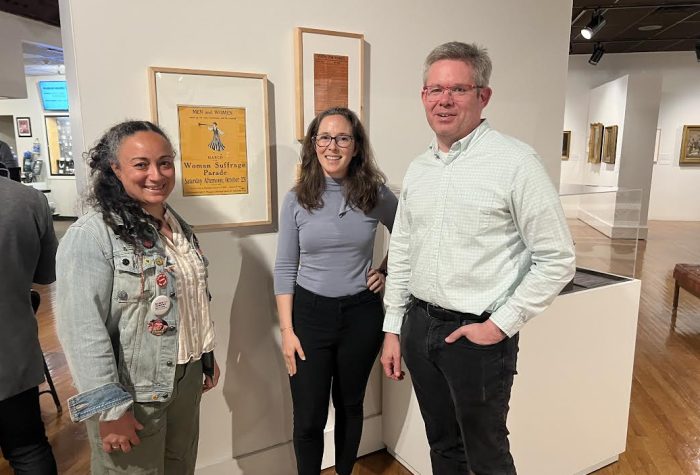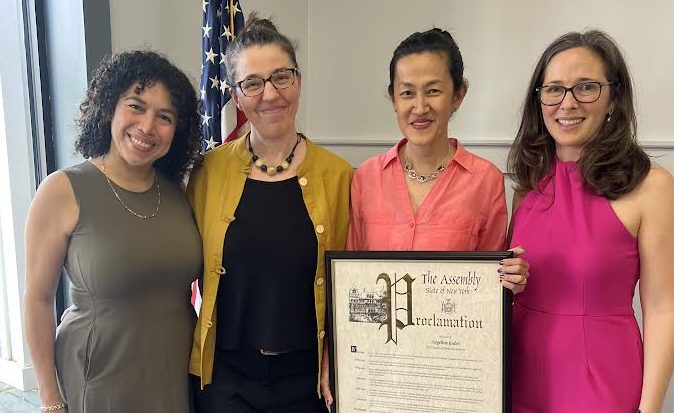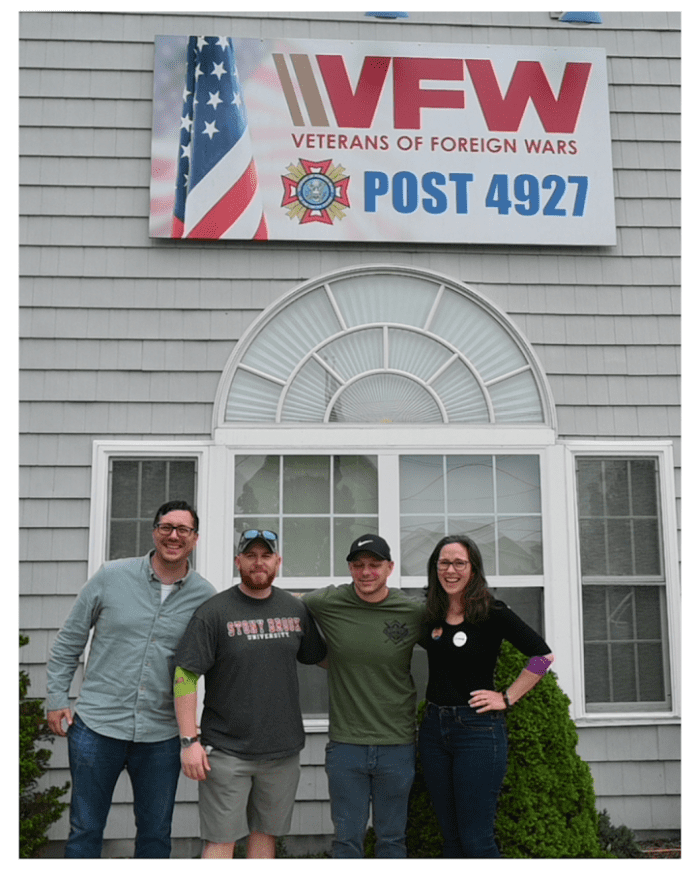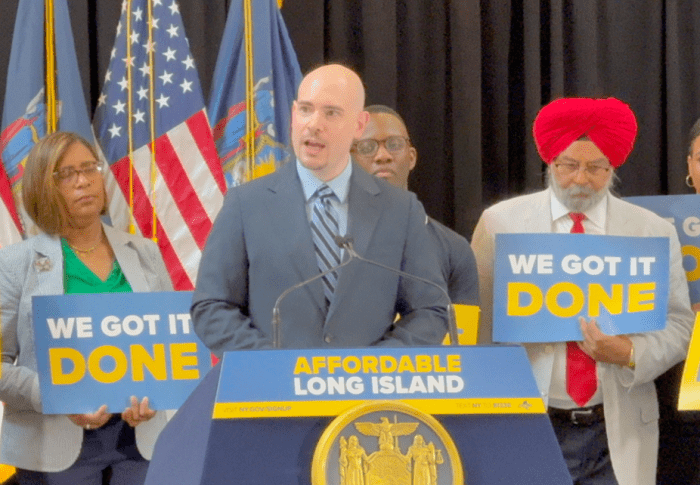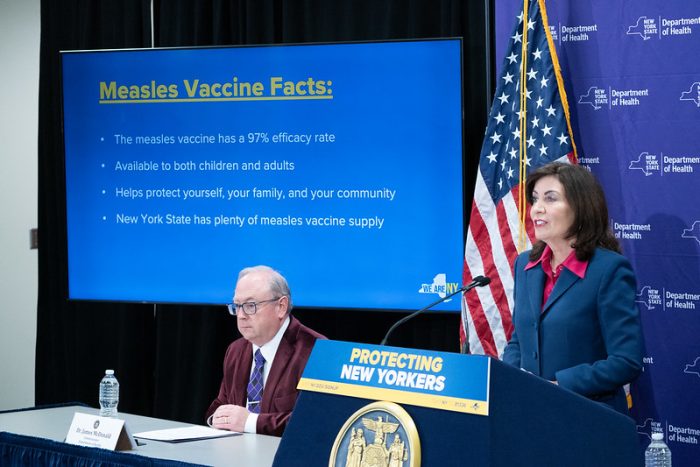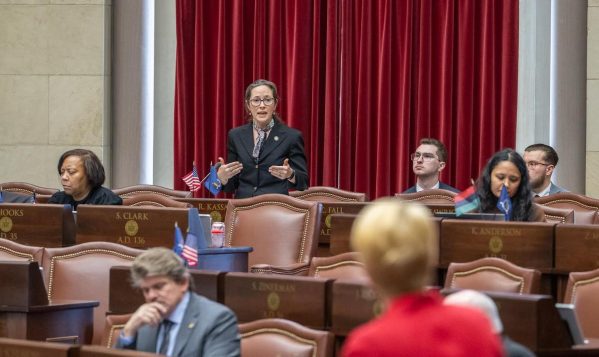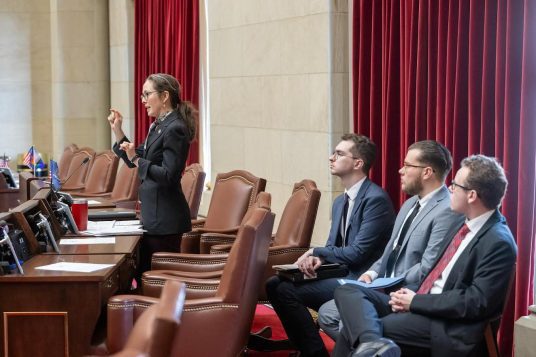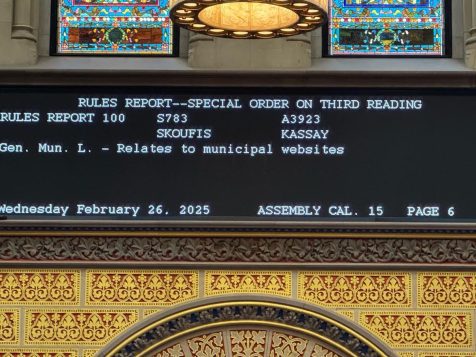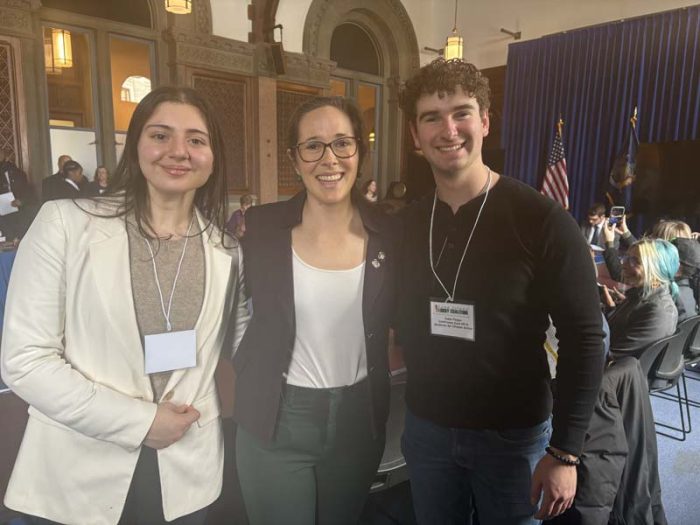New York State Assemblywoman Rebecca Kassay, her staff members, Long Island Museum staff and board members, and fellow government representatives gathered with members of the community at The Long Island Museum in Stony Brook on Thursday, May 15, for a special “Meet Your Elected Officials” event.
This event was coordinated by Assemblywoman Kassay’s office and the Long Island Museum, and was held in conjunction with the museum’s exhibition, Building the Ballot Box: Long Island’s Democratic History, which is part of the Agora New York Voices and Votes project. The exhibit, which explores the history of American democracy, was on display at the museum through May 18.
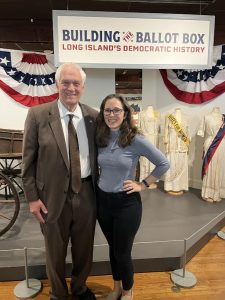
The event provided attendees with an opportunity to engage directly with local elected officials, including Assemblywoman Rebecca Kassay and Suffolk County Legislator Steve Englebright, while reflecting on the significant role Long Island played in the development of American democracy. Assemblywoman Kassay formally invited local legislative representatives— from the town, county, state, and federal government positions to participate or send staff to table at this event.
“My staff and I are grateful for the Long Island Museum’s collaboration in coordinating such a meaningful event. It was a perfect opportunity to connect with our community and celebrate our shared history,” said Assemblywoman Rebecca Kassay. “This exhibition not only highlights the rich democratic heritage of Long Island but also encourages active civic participation. It was truly a pleasure to engage with the community, offer them resources, and discuss how we can continue to work together for a better future.”
“It was wonderful to be able to join Assemblywoman Rebecca Kassay to greet members of the public at the Long Island Museum against the backdrop of their extraordinary exhibition Building the Ballot Box: Long Island’s Democratic History,” said Suffolk County Legislator Steve Englebright. “It was a privilege to welcome our contemporary voters in the presence of paintings by William Sidney Mount that depict citizens practicing democracy in our community more than 150 years ago.”
“The Museum has been proud to host the Voices and Votes and Building the Ballot Box exhibitions and we so appreciate Assemblywoman Kassay and her office for planning this great forum for conversation with the community, which offered people a relaxed chance to enjoy the project in its final days,” shared Joshua Ruff, The Long Island Museum of American Art, History & Carriages Co-Executive Director
The Building the Ballot Box exhibition is a traveling project that explores the history of voting rights and the democratic process, with stops at 12 museums throughout New York State through 2026. The exhibit highlights the critical role of voting and civic engagement in shaping American society.
For more information, please call Assemblywoman Kassay’s office at 631-751-3094.

